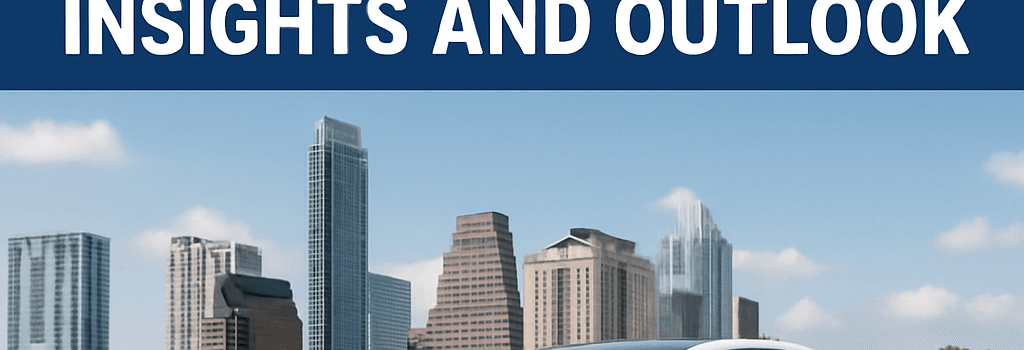Tesla Launches Robotaxi Service in Austin: Insights and Outlook

On June 22, 2025, Tesla kicked off its much-anticipated robotaxi pilot in Austin, Texas, deploying approximately 10 Model Y vehicles equipped with its latest Full Self-Driving (FSD) stack. Elon Musk has touted this service as the future of mobility and a key growth driver for the electric-car maker, which has faced slowing sales and heightened scrutiny of its self-driving claims.
Initial Launch and Operational Scope
The Austin pilot is limited to a geo-fenced area centered on downtown and select suburbs. Each vehicle operates without a human driver at the wheel, but carries a trained safety operator in the front passenger seat and leverages remote teleoperations for edge-case interventions.
- Flat fare: $4.20 for first customers (influencers and invitees only)
- Geofenced containment: avoids complex intersections, steep grades, and highways
- Teleoperator backup: trained staff monitors vehicle status in a command center and can assume control via a secure 5G link
Technical Architecture of Tesla’s Robotaxi System
Sensor Suite: Tesla Vision
Unlike Waymo and Cruise, Tesla relies exclusively on a network of eight high-resolution cameras, ultrasonic sensors, and a forward-facing radar (phased out in newer builds). The company’s proprietary computer vision, known as Tesla Vision, processes raw image data at up to 60 frames per second per camera.
Compute Platform: HW4 and Dojo Integration
Tesla’s Hardware 4.0 (HW4) compute module, unveiled late last year, boasts a custom AI chip delivering roughly 50 teraflops of inferencing performance. This silicon is tightly coupled with Tesla’s private supercomputer cluster “Dojo,” which aggregates fleet-wide driving data to continuously train neural nets via federated learning. OTA updates allow vehicles to receive incremental FSD improvements every few days.
“Tesla’s end-to-end computer vision approach is ambitious, but it still faces significant challenges in edge-case detection compared to lidar-equipped systems,” says Dr. Sarah Liu, Senior Research Scientist at the Mobility and Autonomous Systems Lab, UC Berkeley.
Regulatory Landscape and Safety Oversight
The launch coincides with ongoing investigations by the U.S. National Highway Traffic Safety Administration (NHTSA) into Tesla’s Autopilot and FSD claims. In early May, NHTSA requested detailed information on the robotaxi’s operational design domain, fail-safe protocols, and incident response processes. Tesla submitted its response in late May, which regulators are currently reviewing.
- Texas House Bill 2985: Requires state permits for autonomous fleets starting September 2025.
- NHTSA inquiries: Reviewing data on unintended disengagements, collision reports, and remote-operator interventions.
- Liability framework: Texas law assigns primary responsibility to fleet operators rather than individual safety drivers.
Market Implications and Competitive Landscape
Waymo has led the market with a public ride-hailing service in San Francisco since 2022, leveraging lidar, radar, and cameras, along with a remote human operator network that can see 360° around a stopped vehicle. Zoox and Cruise also operate limited pilots in select cities. Tesla’s cost-focused camera-only strategy could offer faster scale if safety targets are met.
Expert Assessments and Future Outlook
Analysts caution that Tesla must demonstrate reliability across diverse conditions before mass deployment.
- Bryant Walker Smith (Univ. of South Carolina): “Tesla has yet to prove its vision-only approach can handle rare but critical scenarios.”
- Dan Levy (Barclays): “Building the necessary digital infrastructure—mapping, telemetrics, support centers—will require substantial capital.”
Expansion Plans and Next Steps
Elon Musk has promised a fleet of 1,000 robotaxis within months, with planned rollouts in San Francisco, Los Angeles, and Miami. Tesla recently launched a public sign-up portal for ride notifications and is scaling its charging and service infrastructure to support high-utilization operations.
Additional Considerations
Data Privacy and Cybersecurity
Operating a commercial robotaxi service generates vast amounts of sensor and location data. Tesla employs end-to-end encryption for in-vehicle communications and follows ISO/SAE 21434 standards for automotive cybersecurity, but independent audits are pending.
Environmental Impact
With zero tailpipe emissions, Tesla’s electric robotaxis could reduce urban pollution if they displace internal-combustion taxis. However, increased vehicle-miles traveled (VMT) and charging grid demand present new challenges for city infrastructure planners.
Conclusion
Tesla’s Austin robotaxi launch marks a crucial test for its vision-based autonomy strategy. Success hinges on mastering complex urban scenarios, satisfying regulators, and building operational scale. As competition intensifies from lidar-based rivals, Tesla’s ability to harness Dojo-driven fleet learning and rapid over-the-air updates will determine whether its ambitious timeline is achievable.